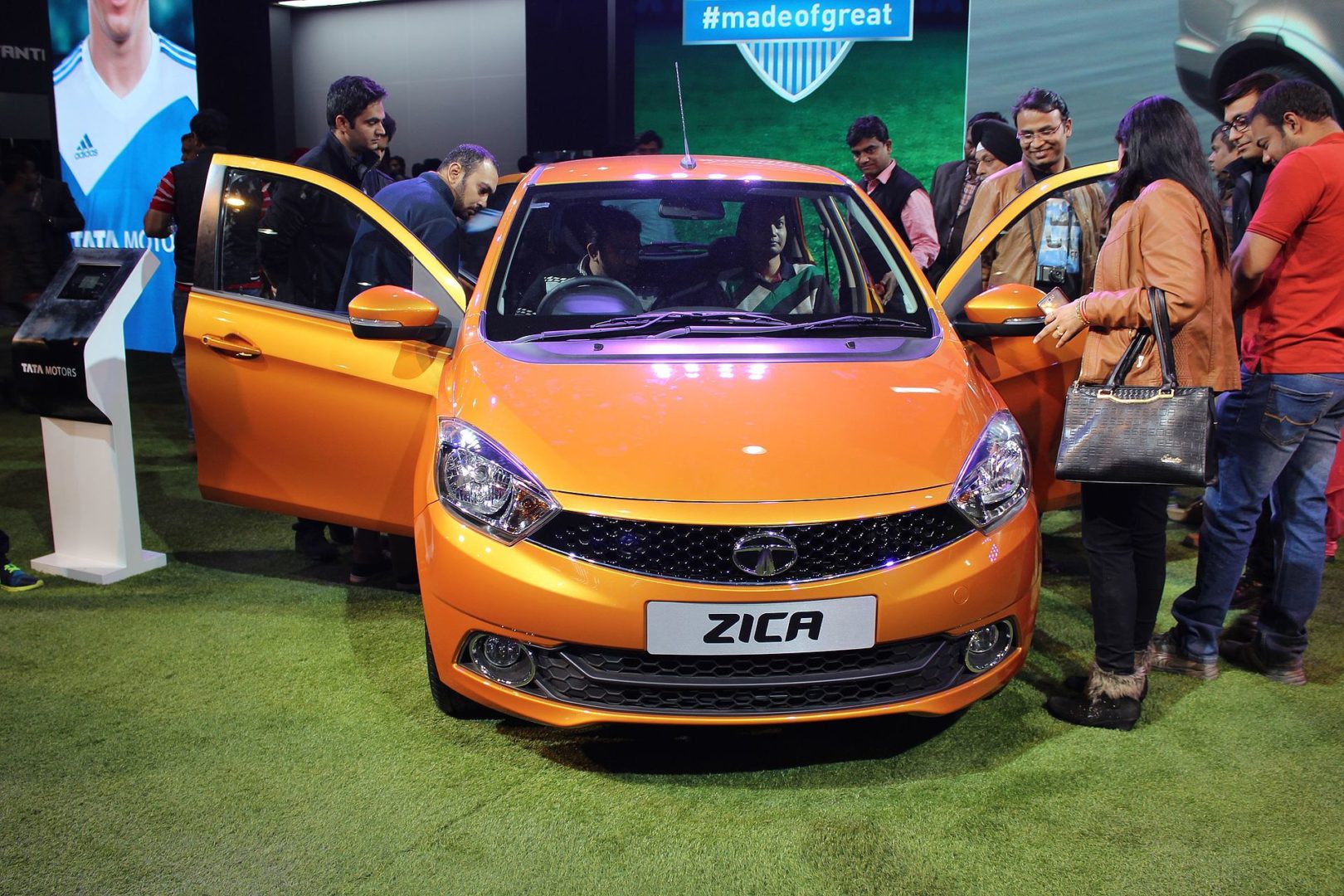In the world of branding, not everything is ideal and rosy. Whether it is a company, a brand, a product, or a service, there are always ups and downs, wins, and losses. In business, many failures have sparked successes and from crises, sometimes great insights are yielded and later applied to improve and move forward. Let’s take a look at some examples of brand name failures and crises and how brands dealt with them.
Brand name crises
Corona beer and Coronavirus

As we all know, a pandemic took over the world at the beginning of the year. As humanity started to assimilate this new health threat, curiosity about the novel coronavirus brought a spike in search terms on the web. By January 30 some of those keywords were “corona beer virus” and “coronavirus beer”. Brandwatch, the consumer intelligence company, also detected a surge of online mentions regarding these terms, noting that the bump observed on January 30 was mainly brought by the media who were reporting about the increase in search results. Memes, of course, erupted in social media.
Meanwhile, the company played it smart, publishing a statement to express their empathy with the people impacted, while also clarifying there was no connection between the virus and the beer. Besides this action, they remained quiet in the social conversation, keeping a low profile. This display of restrain, combined with the free coverage and exposition received in the media, proved to be a winning combo for Constellation Brands, who by May 2020 was showing a boost of up 39% in their sales.
Lesson in a shell: Sometimes doing nothing is the best action.
Tata Motors and Zika

In 2015, Tata Motors announced the launching of a new hatchback car model, called Zica. That same year, an outbreak of the Zika virus took over the Americas, infecting millions.
Concerned by the similarities between both names and trying to avoid a negative brand association that could also impact future sales, the company decided to rebrand the car, launching a crowd-sourcing competition where people could choose the new name, which turned out to be Tiago. This strategy proved to work for the company, which capitalized on the connection between the car and its fans.
Lesson in a shell: Building a positive emotional connection between your audience and your brand is always a good idea.
AIDS and Ayds

During the seventies and eighties, there was an appetite suppressant candy called Ayds. It came in several flavors, was very trendy, and had very healthy sales.
But by the mid-eighties, the emergent awareness of AIDS and the phonetic similarities between both names impacted negatively the sales of the candies. The strategy to bounce back was a rebranding of the product. The name chosen? Diet Ayds. The rebranding did not work, and sales continued to drop until the product was eventually taken off the market.
Lesson in a shell: Adding an extra word might just not be enough when it comes to a stigmatic and killing illness.
ISIS Wallet and ISIS

Back in 2013, there was a mobile wallet app called Isis that allowed consumers to pay for goods and services using a cell phone. But as time went by, the association of the name with the extremist militant organization from Iraq, the company founded by AT&T, T-Mobile, and Verizon announced a rebrand to the name Softcard to distance themselves from the negative impact and confusion with the terrorist group.
Although the rebranding seemed to have worked out, the product has other technical issues and never took off, which eventually led to its demise. In 2012, the service was shut down permanently.
Lesson in a shell: While a name is important, having a product that works and delivers its promise is essential.
Failed brand names
Pizza Hut: In 2009, the famous pizza chain started to test the name “The Hut” in some of their locations, to encourage the use of the new name “as common vernacular for our band”, according to a marketing executive. The reaction was so overwhelmingly negative that the company had to publish a statement announcing they were not changing their name.
Netflix: The year was 2011. At that time, the streaming company also offered a DVD-by-mail service, and they thought it would be a good idea to separate this from their streaming offering. This is how Qwikster was born.
Already ailing from a recent increase in their subscription fees, the new Qwikster proposal was too much for the 12 million DVD-rental customers, who started fleeing the service amidst a wave of insults and complaints. The company stock lost half its price, and after just a month, the decision to pull the plug was made.
What are the core lessons brands can learn from these two cases?
In the case of Pizza Hut, is very clear. You cannot remove the element that gives your brand its identity. Without it, your customers lose their connection to your product, and your brand’s reputation pays for it unnecessarily.
Regarding Netflix and Qwikster, besides the pedestrian name, there was also the pointless confusion it brought to the customers, who were forced to duplicate accounts and use two different platforms to do something they were perfectly able to do before the services were split. The phrase: “If it ain’t broke, don’t fix it,” was never more valid.
We always like to write about things that are educative and interesting. We hope you find this post both of those things. If you want to say hi or have any questions about naming, branding, and domain names get in touch, we’re always happy to hear from you.

Previous Next